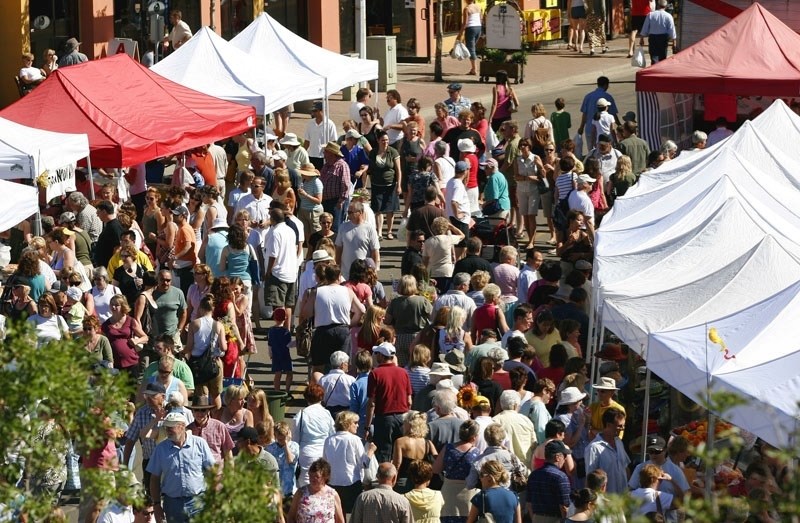Imagine it’s seven in the morning, and you’re sitting around your breakfast table with the kids getting ready to dole out the pile of pancakes in front of you.
Suddenly, there’s the unmistakable grinding and crunching noise of the snowplow working on your street. Surely, you think to yourself, this noisy piece of equipment is violating the city’s noise bylaws.
So you phone the city office and express your concern. The helpful employee on the other end of the phone goes into their computer system and pulls up the noise-level data from the sensor installed at the intersection next to your house and discovers that yes, in fact, the snowplow was making more noise than would be expected.
He thanks you for your call, and that complaint is forwarded to the folks in charge to look into it. Maybe there’s an issue with scheduling, or with the equipment itself, or perhaps the operator’s training. The problem is quickly resolved.
This scenario certainly seems like something you might read in a science-fiction novel where so many of the day-to-day tasks we do and the tasks the city does on our behalf are all automated.
But the truth is, it might not be as far away as you think.
The City of St. Albert has begun what smart city and innovation manager Travis Peter described as a “pilot of pilots,” launching the first of many pilot projects to look at what value wireless sensor networks could bring to the city and its residents.
The current project isn’t necessarily as exciting as some of the future applications could be. Simply put, there’s a weather sensor on the roof of the Perron Street building that houses the city’s information technology department. It transmits data every few minutes about things like temperature, wind speed and direction and barometric pressure via a low-power wide-area network.
That information can be stored in a database and pulled up via a web portal to be able to provide nearly instantaneous data on weather conditions.
“Essentially what we’re trying to do is gauge the application of a long-range low-power network to collect sensor data,” Peter said. “The weather station itself isn’t that important.”
What the city hopes to be able to determine with this particular project is how effective this type of network could be for the city and what other types of data automated sensors could collect. This project was done in conjunction with Edmonton-based company Zedi and students at NAIT.
Further pilot projects will be announced this year that will look at other potential uses the city could have for this kind of sensor.
The noise level example above is just one of many promising options.
“We want to explore how we can measure in real time different noise levels in the community, like on Ray Gibbon Drive,” Peter said. “The idea is you want a situational awareness of your community at all times.”
The only limit is what kind of data you want to collect. Anything can be measured and sensed. Sensors could monitor moisture in sports fields, letting city staff know if and when they need to be watered. Sensors could determine if and when a tree is dying, allowing city staff to take remediating action or have it removed.
Sensors could detect the movement of vehicles, or the condition of city assets. This kind of sensor could, for example, automatically send a notice over the network when a vehicle or building is in need of maintenance.
“Another pilot we’re looking at is putting sensors in the downtown area that actually track the movement of people and vehicles,” Peter said. “There’s no personal data – I think that’s important to say – but just measuring the volume of activity in an area.”
There is significant potential for having this kind of precise data, collected in real-time and stored over a long period. Traffic counts could drive economic development decisions like lease rates, and might help a business owner decide where to locate.
Another application for this kind of people-counting sensor would be with major festivals and even the weekly farmers’ market in the summer.
“When people come to our festivals or farmers’ market, how many people are there?” Peter said. “That type of data could be extremely valuable.”
It’s not as if this kind of data is being ignored right now, but having to pay someone to do it manually can be costly and might not even be as accurate.
“We could pay people to count heads, but automation’s always going to be cheaper than that,” he said.
Examining how sensors could be used, and how the data could be transmitted and provided to residents, is all part of broader plans afoot at the city.
“This is a pilot of kind of a larger study on how best to approach sensing in St. Albert, as a follow up on the Smart City Master Plan,” Peter said.
For more information about the city’s Smart City initiative, search “Smart City” at stalbert.ca.




